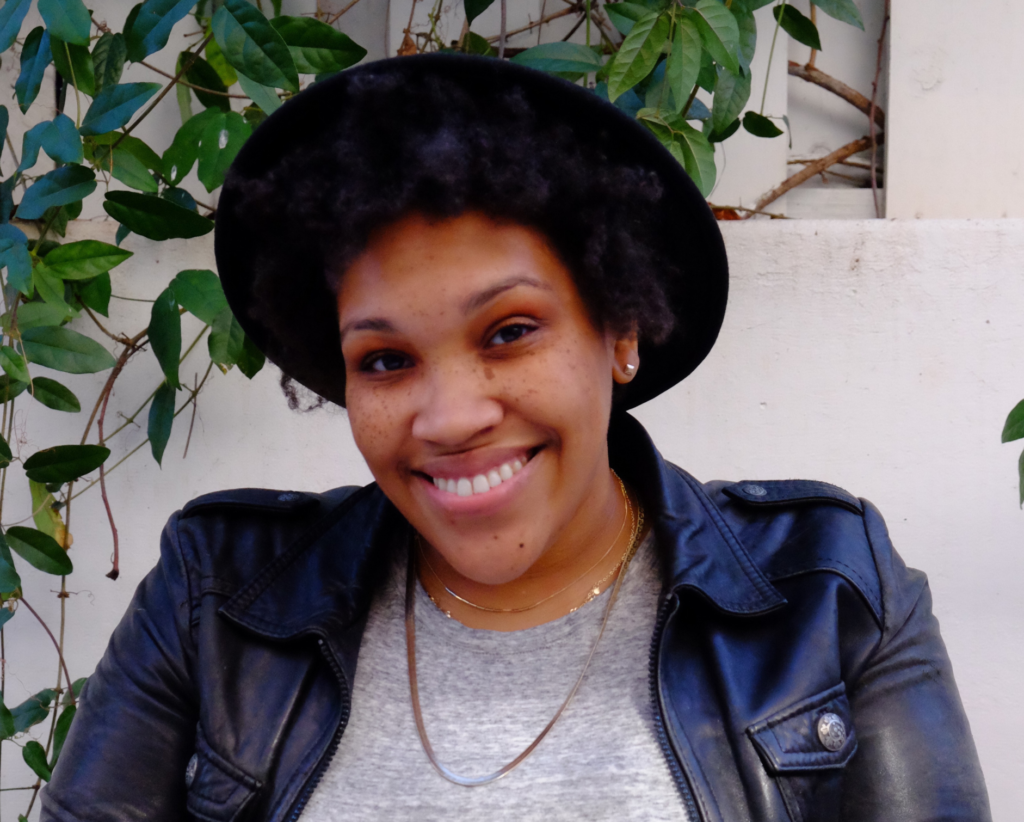
In nearly every Chase ad we have ever done, we have featured a product. We deeply believe in building a brand purpose, but we believe we build it off the great products and the value they have in people’s lines. We rarely do brand-only ads for lots of reasons. It’s expensive. Our brand awareness is already at 99%. And because it’s hard to do well.
But with Serena Williams returning to the U.S. Open, we knew we had a moment. She’s not just any athlete, and this is not just any return to work. Only three women have won tennis Grand Slams after having children—Margaret Court in the ’70s, Evonne Goolagong in 1980, and Kim Clijsters in 2009. Other great players have returned to the tour after motherhood, but none of Serena’s stature and record in the sport.
Serena has been Chase’s partner for four years, and we have been a sponsor of the U.S. Open for more than 30 years. But we are not a shoe company or a brand about athletic performance. Our brand’s core purpose is to help people make the most of their money so they can make the most of their lives. We respect that our customers make their own financial decisions, and we are the wingman who has their back and is there to help. Brand marketing only works when that brand has a right to be in the conversation. For us, this ad couldn’t just be about a comeback. It had to be about motherhood and a new view of how much women are taking on.
One out of every two households in the U.S. is a Chase customer. Increasingly, in whatever form those households look like, women are the decision makers around money. Women, whether they work or not, are often the ones who manages the finances for a family and an extended family. They make most of the purchase decisions. They manage the budget and the savings. They choose the homes and cars to buy. They start small businesses and are doing so in record numbers. And they do this while raising children or caring for families. Women are being stretched like never before and are pushing themselves like never before. Amid the daily challenge to achieve what seems like an impossible load of activity, they are accomplishing things like never before.
Until recently with beautiful work by P&G, J&J, and the movement fueled by #SeeHer, advertising has been deeply clichéd in how it represented mothers. Motherhood is either idealized as pure, Vaseline-lens joy or portrayed like some wacky sitcom with the mom who has baby food on her face and a happy, hurling toddler nearby. To anyone who has done it, it’s chaos. Forget taking it day by day—you manage time in five-minute increments. Being a mother is about feeling remarkably blessed, impossibly busy, totally depleted, full of joy and self-doubt, often at the same time. And you often think you’re the only one who feels like a mess, which makes it all worse.
And then there’s Serena. Even her name just sounds otherworldly. Serena has always been at another level of humanity than the rest of us. She’s been invincible with superpowers that seem very distant from our everyday lives. But in motherhood, she’s instantly relatable by how truthful she’s chosen to be about her experience. She was incredibly honest about her near-death recovery following childbirth and her struggles with post-partum. She tweets out when she’s thinks she’s a bad mom that day or feels pained regret of missing moments because she’s at work. Yet she also shows her gushing, uncontainable, inexplicable joy that comes from raising her child. In doing that, she is becoming the symbol of what realistic motherhood is.
That’s what #SeeHer always strived to be. #SeeHer demanded a more realistic representation of women—not idealized or demonized, but real, in their complexity and conflict and depth. And it set out to prove that doing so would drive far better commercial results for brands than ads ads that paint women as one dimensional. We believe #ThisMama is another proof point that #SeeHer is dead right.
The reaction and the comments, from men and women, have been overwhelming. Of the thousands and thousands of comments on Twitter and Instagram, here are only a few…
- “I’m not a mother, but hope to be a #FutureMama someday! Thank you all for this message for women who are ambitious career women, can be just as ambitious Mamas.”
- “#ThisMama of 4 girls believes that no matter what, we can all achieve our dreams”
- “#ThisMama is one of twin boys and a daughter. Single. I get tired and every blue moon, I hide to just cry.”
- “#ThisMama when my daughter was a baby the only way she fell asleep was in the car, so my husband and I took many many long trips to nowhere just to get her asleep.”
- “#ThisMama is getting ready to drop off my son at University next week…emotional”
- “#ThisMama is a Mother without her daughter who somehow has to be strong and continue on without her.”
- “#ThisMama understands all you are going through. They grow up in the blink of an eye though! Enjoy the highs, lows, laughs and tears.”
#ThisMama is about a mother—a very well-known one—going back to work. In showing Serena’s tenderness, ferocity, and vulnerability, we hope it becomes about all mothers and all parents doing amazing things. We hope it becomes about women both embracing and promoting their own awesomeness, from the Grand Slam finals to the day you just feel like you’re nailing it. We hope it’s about sharing the vulnerability and finding strength in each other. And we hope it’s a moment when we can all admit that none of us has it together. Even Serena. If that’s true for the GOAT, it’s true for all of us.
Whether you are a parent, intend to become one, or have a deeper appreciation for your own parents, we encourage everyone to celebrate a #ThisMama in your life.



